Travel advisories and sensationalist headlines often paint certain destinations as hotbeds of crime and danger. The reality, however, frequently contradicts these perceptions. Many locations have undeservedly gained reputations as unsafe when statistics and local experiences tell a different story.
Here is a list of 20 places that, despite what you may have heard, might surprise you with their safety.
Mexico City, Mexico
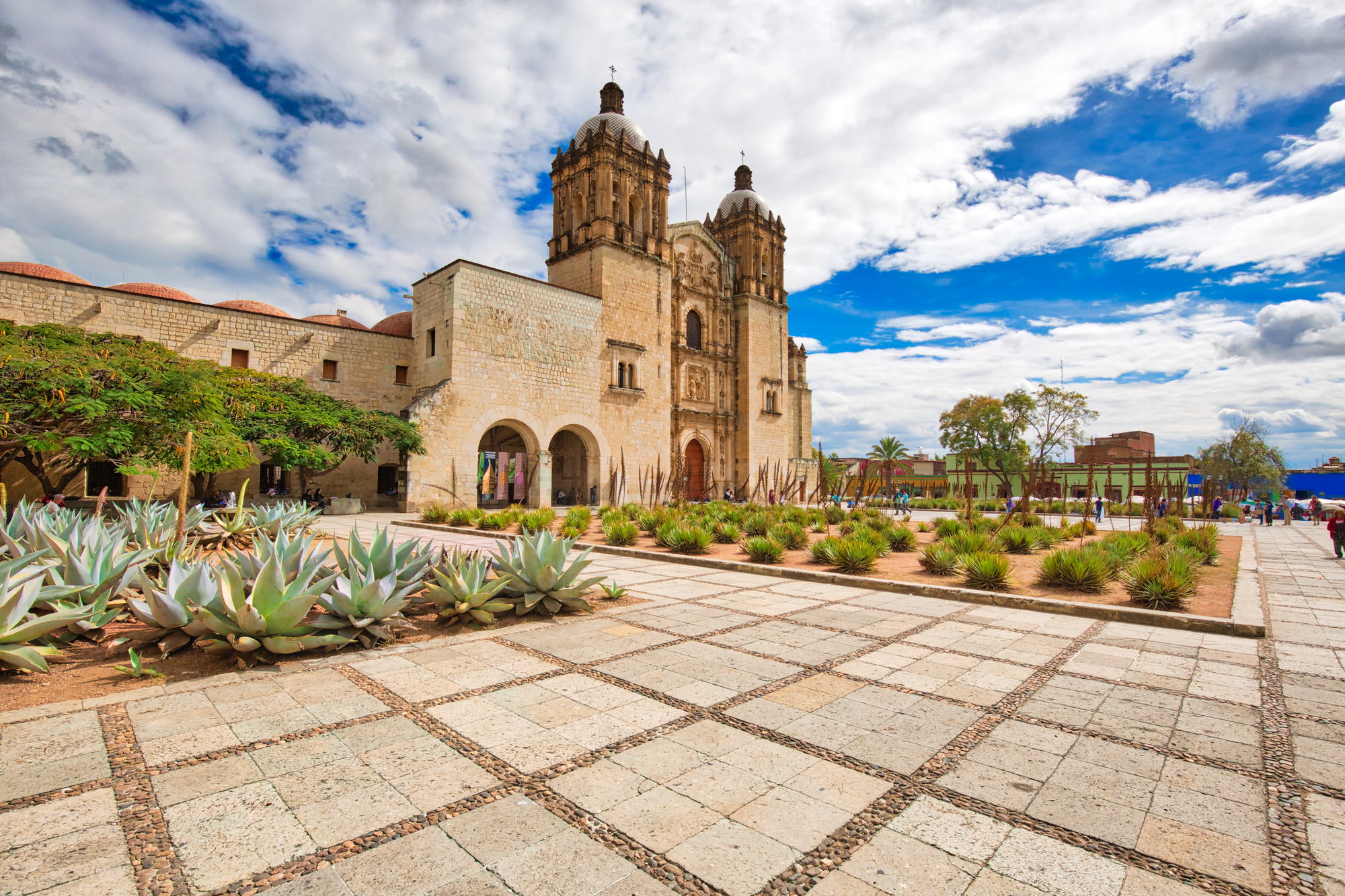
Mexico City has long battled an unfair reputation for danger and crime. The sprawling metropolis has undergone significant transformations in recent decades, with many neighborhoods boasting lower crime rates than major U.S. cities.
Popular tourist areas like Roma, Condesa, and Polanco are particularly secure, with visible police presence and excellent public transportation.
Medellín, Colombia

Once infamous as the headquarters of Pablo Escobar’s drug cartel, Medellín has transformed dramatically since the 1990s. The city now boasts innovative urban planning, an efficient metro system, and beautiful public spaces.
The decrease in crime has been remarkable, with violent crime rates falling by more than 80% since the early 2000s.
Like Travel Pug’s content? Follow us on MSN.
Rwanda, East Africa
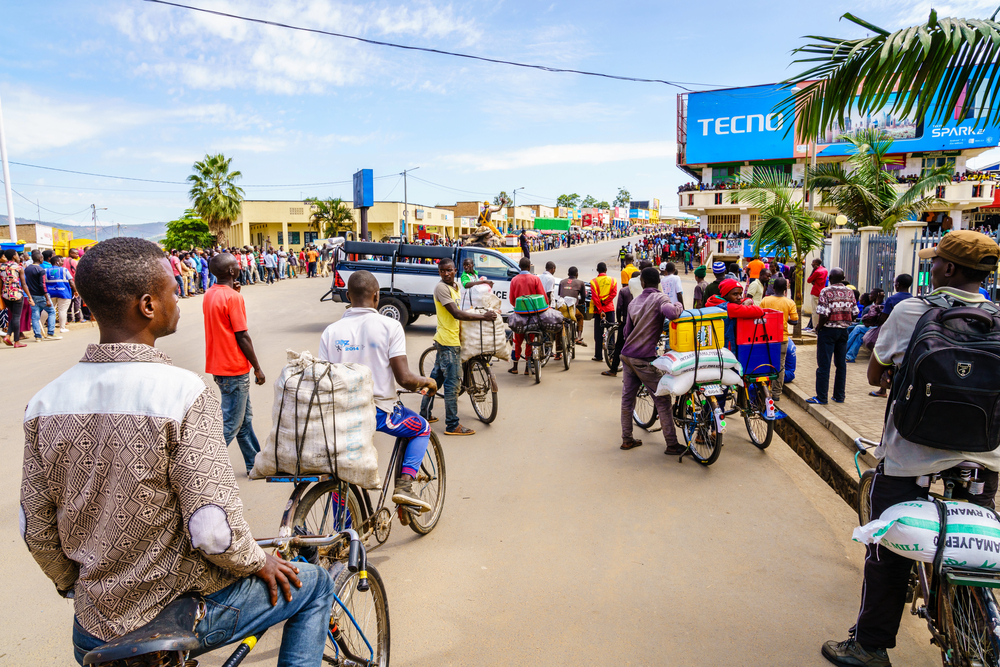
Rwanda has completely reinvented itself following the horrific genocide of 1994. Today, it ranks as one of Africa’s safest and cleanest nations. The capital, Kigali, features spotless streets, minimal corruption, and crime rates lower than many European cities.
Women travelers frequently report feeling exceptionally safe walking alone, even after dark.
Tehran, Iran
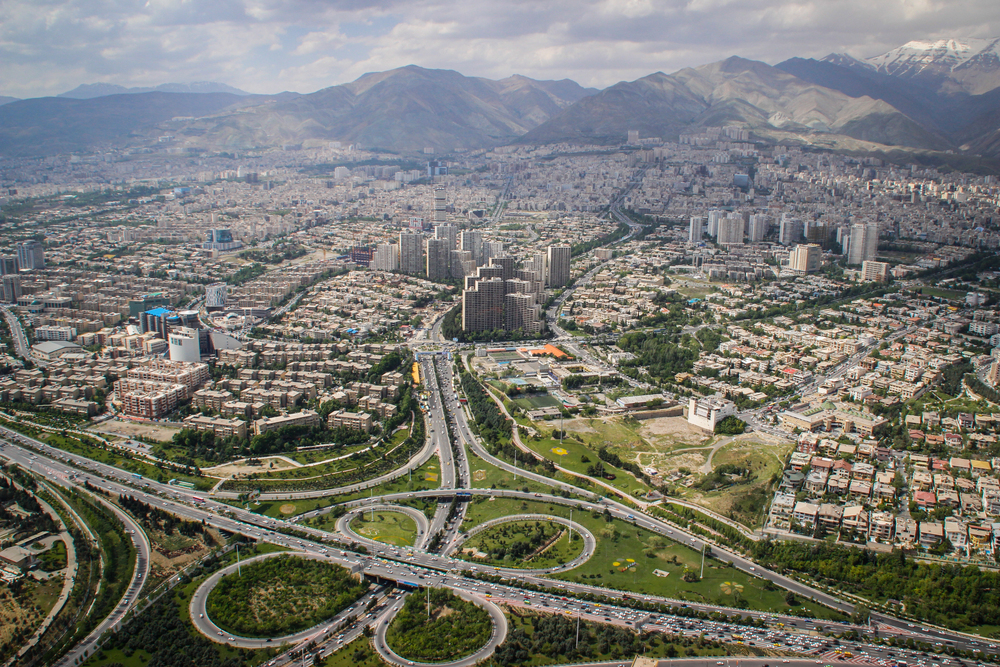
Despite geopolitical tensions, Iran’s capital is remarkably safe for visitors. Violent crime is rare, and Tehranis are known for their extraordinary hospitality toward foreigners.
The biggest risks tourists face are typically traffic-related rather than criminal incidents. Many visitors express surprise at the disconnect between media portrayals and the warmth they experience.
Sofia, Bulgaria
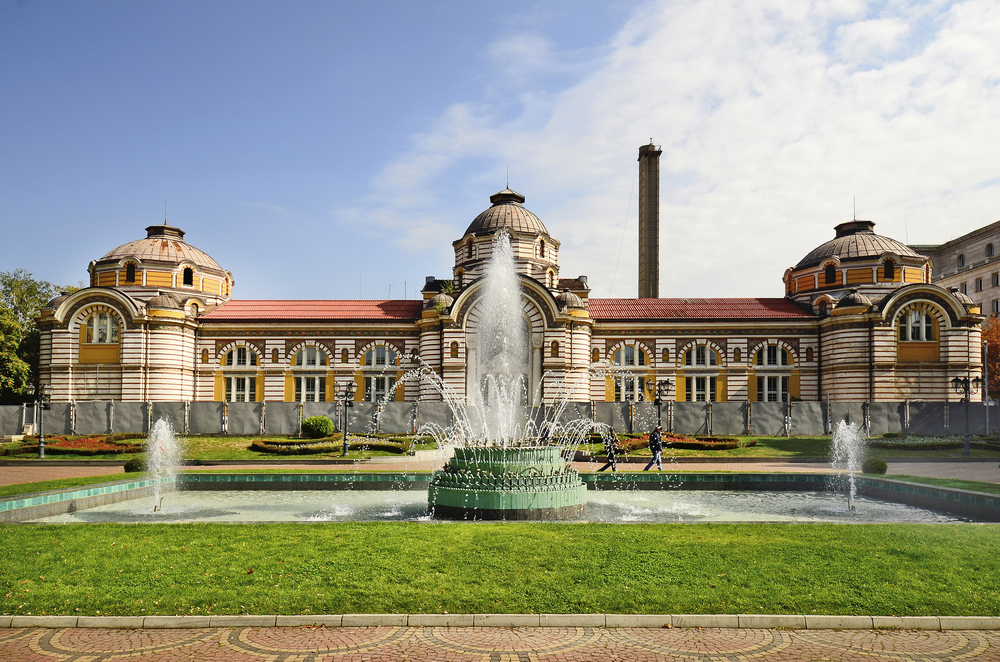
Eastern European cities often get unfairly lumped together as ‘risky,’ but Sofia defies these stereotypes. Bulgaria’s capital has lower violent crime rates than many Western European destinations.
Pickpocketing exists as in any tourist destination, but the city center is well-policed and safe to explore day and night.
Like Travel Pug’s content? Follow us on MSN.
Detroit, Michigan

Detroit’s reputation was cemented during its economic decline, but the city has been steadily recovering. Downtown Detroit, Midtown, and Corktown have been revitalized with new businesses, restaurants, and cultural venues.
While certain neighborhoods still face challenges, visitors to Detroit’s central districts report positive, safe experiences that contradict outdated perceptions.
Johannesburg, South Africa

Joburg’s reputation for danger overshadows its vibrant culture and ongoing positive changes. However, neighborhoods like Maboneng, Melville, and Sandton are thriving, safe areas with excellent dining, shopping, and nightlife.
Common-sense precautions in any major city are sufficient for most visitors to have a completely secure experience.
Belfast, Northern Ireland

The Troubles cast a long shadow over Belfast’s reputation, but the city has been transformed since the 1998 Good Friday Agreement. Today, Belfast boasts lower crime rates than many comparable European cities.
The vibrant Cathedral Quarter and revitalized waterfront areas attract visitors who consistently report feeling safer than expected.
Like Travel Pug’s content? Follow us on MSN.
São Paulo, Brazil

While Brazil often makes headlines for crime issues, São Paulo is significantly safer than its reputation suggests. The business hub has invested heavily in security, particularly in areas frequented by tourists and business travelers.
Neighborhoods like Jardins, Itaim Bibi, and Vila Madalena offer safe, cosmopolitan environments comparable to major global cities.
Bucharest, Romania

Misconceptions about Romania often stem from outdated Cold War attitudes or fictional tales about Transylvania. The capital, Bucharest, is among Eastern Europe’s safest major cities.
Its Old Town area has been beautifully restored, and violent crime against tourists is rare. The greatest risk is typically minor theft in crowded areas.
New Orleans, Louisiana
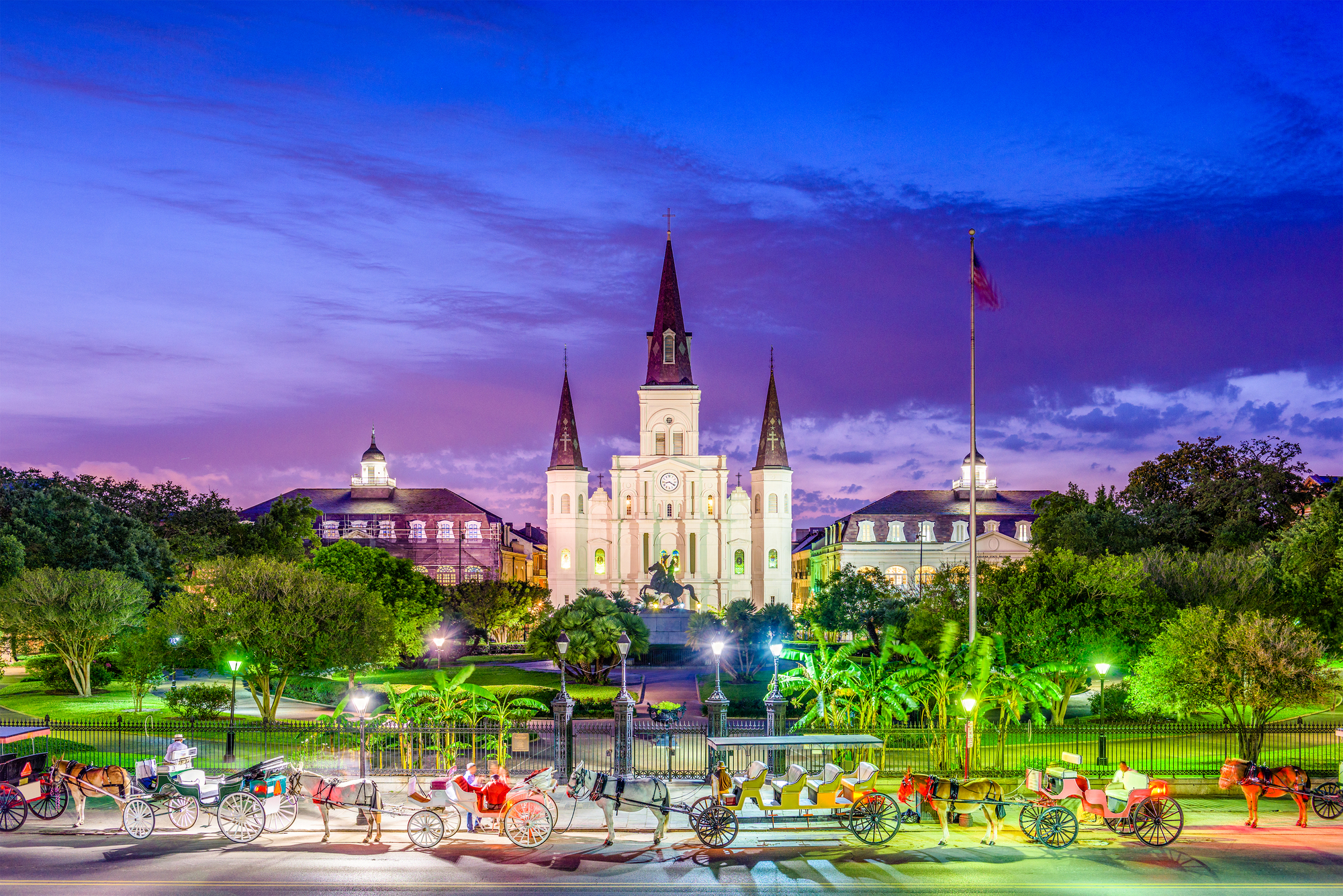
Beyond the party reputation and occasional hyperbolic crime reporting, New Orleans is relatively safe in its main tourist areas. The French Quarter, Garden District, and Magazine Street are well-patrolled and secure for visitors.
The city’s warmth extends beyond its climate to its people, who often go out of their way to help tourists.
Like Travel Pug’s content? Follow us on MSN.
Tokyo, Japan
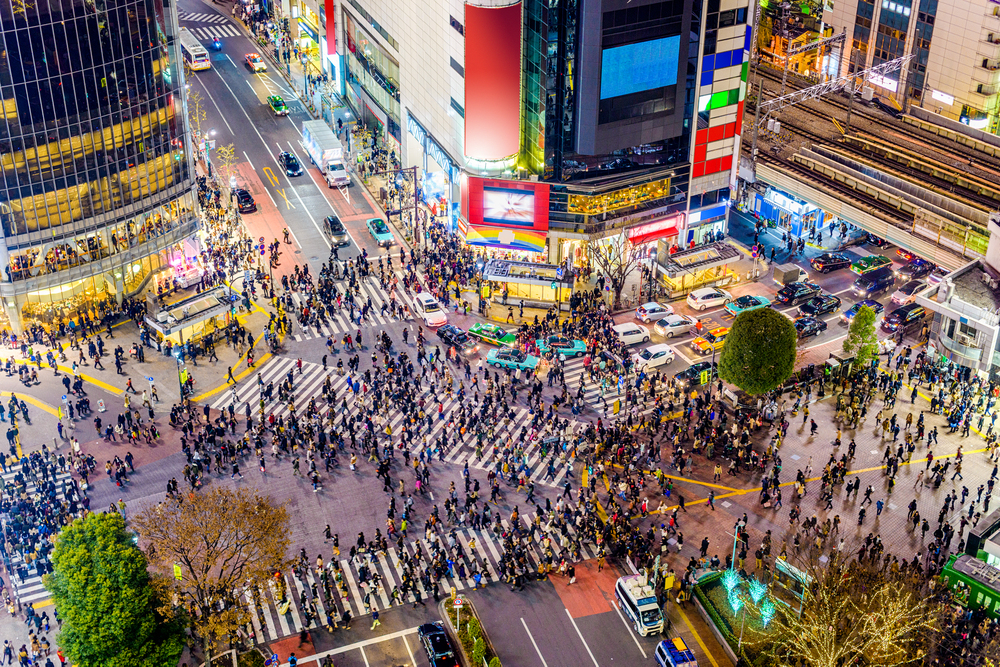
While Tokyo isn’t widely perceived as dangerous, many visitors are still stunned by its safety. Lost wallets are routinely returned with cash intact, and women report feeling comfortable walking alone virtually anywhere in this massive metropolis at night.
The biggest danger might be getting lost in the complex transit system rather than encountering any crime.
Nairobi, Kenya

Kenya’s capital earned the nickname ‘Nairobbery’ decades ago, but reality has moved on while the label persists. Modern Nairobi has thriving, safe neighborhoods like Westlands and Kilimani, with excellent security in tourist and business areas.
The tech hub is becoming Africa’s ‘Silicon Savannah,’ attracting global investors and visitors who discover its charm and relative safety.
Athens, Greece
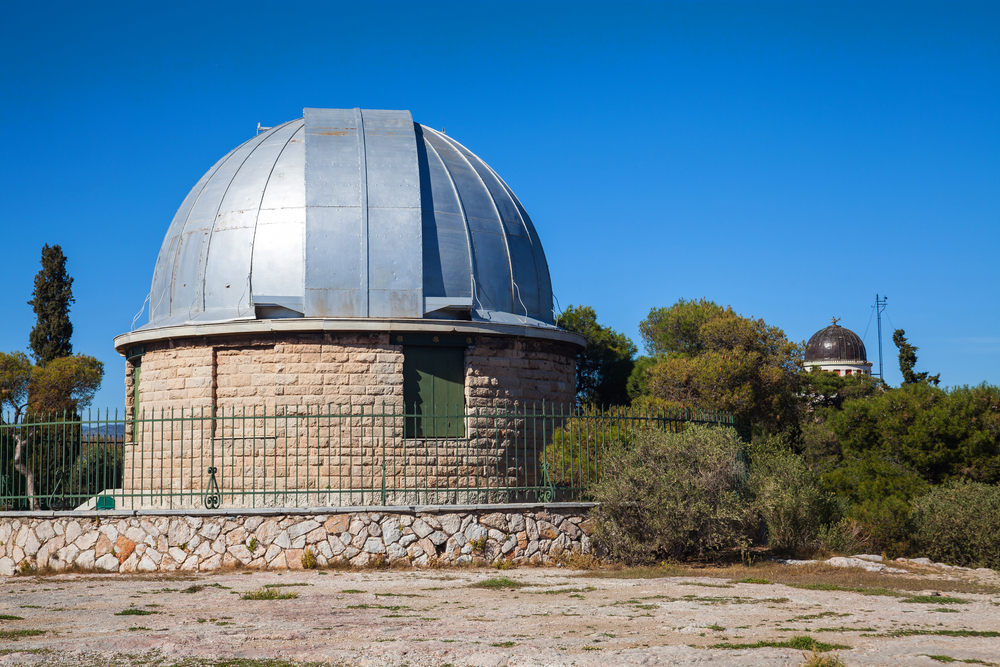
Economic difficulties led to exaggerated reports about Athens becoming dangerous, but the historic city remains remarkably safe. Protests occasionally occur but rarely affect tourists, and violent crime rates remain low. The biggest nuisances are typically harmless scams targeting tourists rather than safety threats.
Like Travel Pug’s content? Follow us on MSN.
Taipei, Taiwan
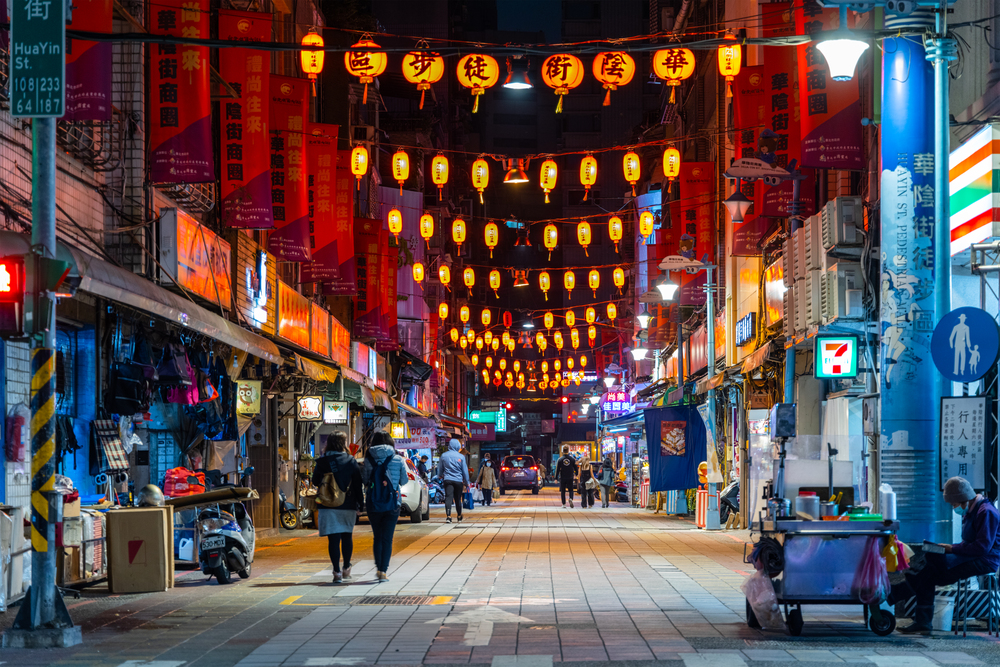
Taiwan’s capital combines incredible safety with friendly locals and amazing food. Violent crime is almost non-existent, and visitors regularly express astonishment at how secure they feel, even in the early morning hours.
Items left behind in restaurants or taxis are typically returned, sometimes with apologies from locals for any inconvenience.
Zagreb, Croatia

While Croatia’s coast gets most of the tourist attention, its capital offers surprising safety, architectural beauty, and cultural richness. Zagreb consistently ranks among Europe’s safest capitals, with violent crime rates lower than Paris, London, or Rome.
The biggest danger might be falling for the city’s charm and extending your stay.
Memphis, Tennessee

Music-loving Memphis often appears on U.S. ‘dangerous cities’ lists, but these statistics rarely reflect tourists’ experiences. The Beale Street entertainment district, the Graceland area, and other tourist zones are well-patrolled and secure.
Visitors enjoying the birthplace of blues and rock ‘n’ roll typically encounter southern hospitality rather than trouble.
Like Travel Pug’s content? Follow us on MSN.
Manila, Philippines

The Philippine capital often receives travel warnings, but its main tourist and business districts, like Makati and Bonifacio Global City, are modern, well-patrolled, and quite safe. Manila’s residents are famously friendly to visitors and go out of their way to help them navigate the sprawling metropolis.
The city’s vibrant food scene and cultural attractions can be enjoyed with typical urban precautions.
Kyiv, Ukraine

Before the recent conflict, Ukraine’s capital was rapidly becoming a favorite for travelers seeking affordable European charm without crowds. The central districts around Independence Square, Andriivskyi Descent, and the Golden Gate are architecturally stunning and remarkably safe for visitors.
Many hope for a swift return to peace when travelers can again discover this underrated gem.
Bogotá, Colombia

Colombia’s capital often lives in the shadow of Medellín’s transformation story, but Bogotá has undergone its own remarkable security improvements. The historic La Candelaria district and northern zones like Zona Rosa and Parque 93 are vibrant, safe areas for visitors.
The city’s cultural scene, museums, and restaurants can be enjoyed with basic urban precautions, contradicting outdated perceptions of danger.
Like Travel Pug’s content? Follow us on MSN.
The Reality of Global Safety
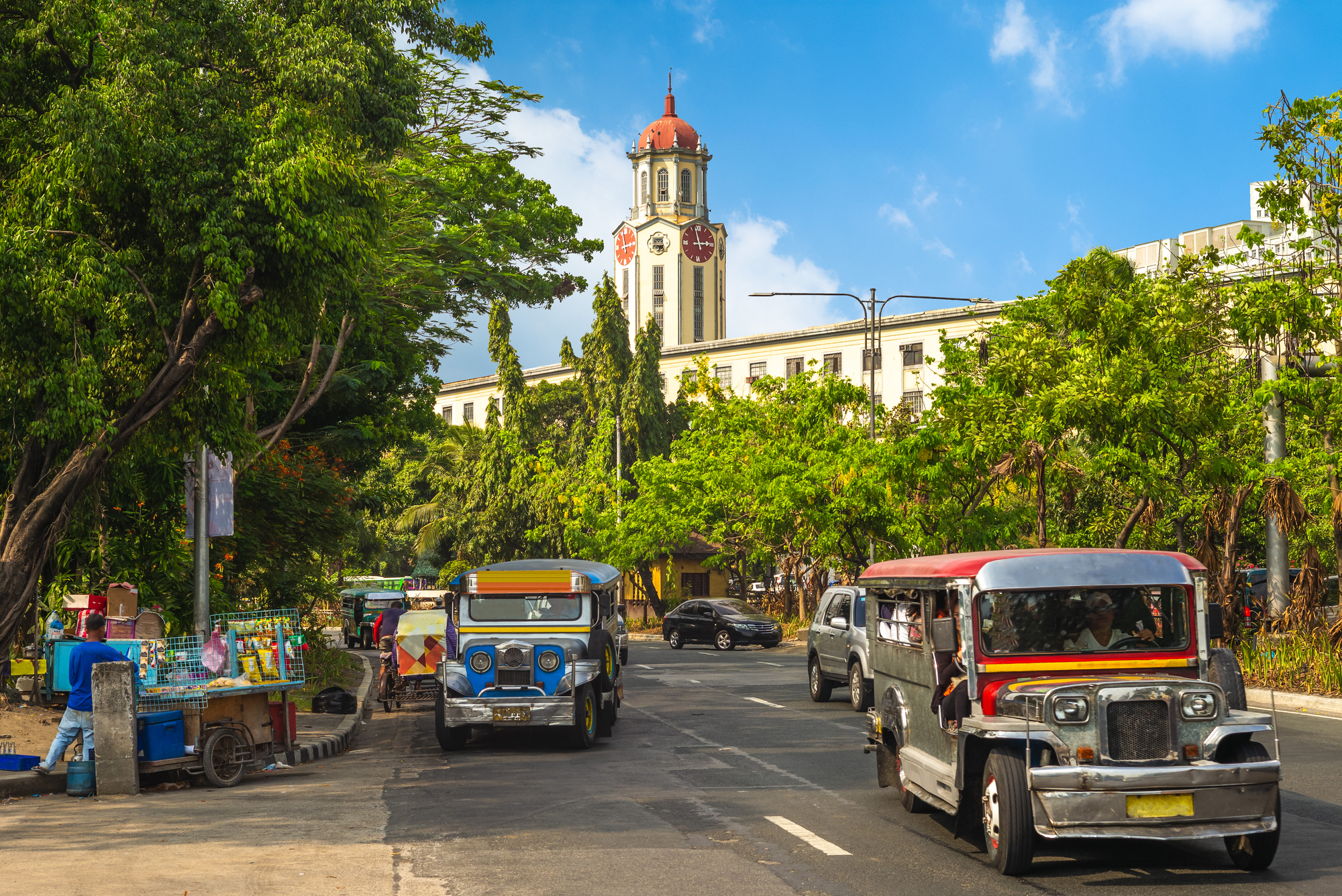
Safety is rarely absolute, and smart precautions remain sensible anywhere in the world. Many travelers discover that places with rough reputations often offer the warmest welcomes and most memorable experiences. The gap between perception and reality reminds travelers that firsthand experiences frequently contradict media narratives about destinations branded as ‘dangerous.’
Travel continues to be one of the most effective ways to challenge preconceptions and discover that our world is generally far safer and more welcoming than headlines suggest. The next time a destination interests you despite its reputation, deeper research might reveal it deserves a spot on your travel list after all.
More from Travel Pug

- Cities Growing so Fast You Won’t Recognize Them in 10 Years
- 13 Destinations Where Tourists Regularly Regret Their Trip
- 20 Obscure WWII Sites Even History Buffs Don’t Know About
- 10 Under-the-Radar Mountain Towns That Are Both Affordable and Beautiful
- 20 Abandoned Places That Feel Like Real-Life Post-Apocalyptic Movie Sets
Like Travel Pug’s content? Follow us on MSN.
